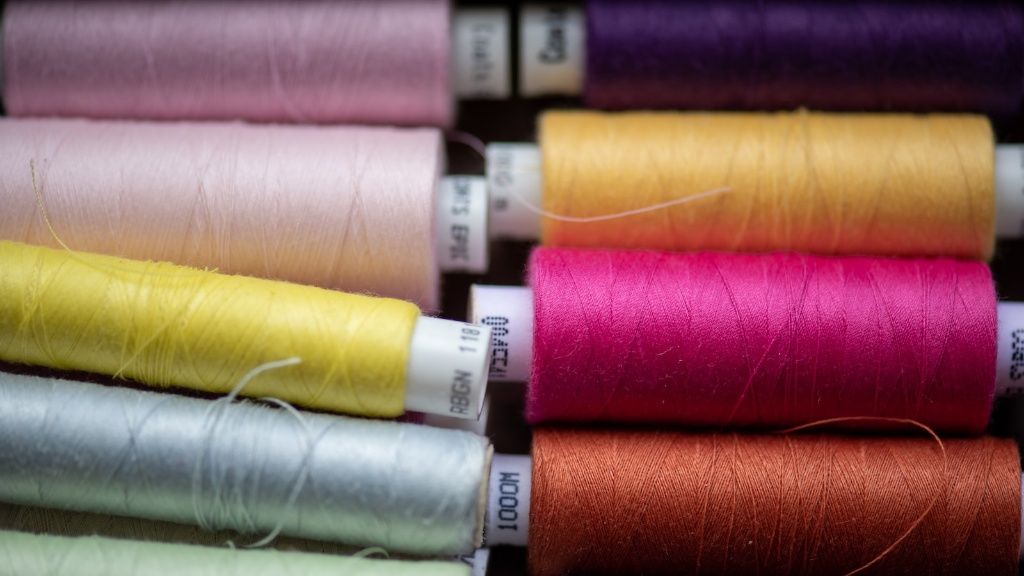Condition of Antique Singer Sewing Machines
Antique Singer sewing machines are highly sought-after by collectors due to their significant history and strong brand recognition.
These vintage machines carry a premium value due to their sentimental worth and rarity. Whether you have a family heirloom, or have purchased an old Singer, understanding the condition of the machine is essential when determining the worth.
To properly inspect an antique Singer sewing machine, it’s important to get familiar with the components. Most Singer models included a handwheel, stitch length guide, presser feet and tension release lever.
When assessing condition, pay special attention to parts that are rusting or have signs of damage. Additionally, any missing pieces can significantly lower the value of a machine.
A lever or knob that fails to turn easily can be an issue. This could indicate the presence of rust and improper storage. After powering on the machine, watch out for peculiar noises. This could indicate that internal gears or mechanisms are damaged.
Not all issues are easily visible, as some parts are hidden inside the machine. It is important to know if the machine was serviced regularly. Professional repairs may restore function, and a well-maintained Singer is likely to function for many years.
Determining the worth of Antique Singer Sewing Machines
The first step in assessing worth is to determine the age of the machine. The Serial Number Database from the Singer Company can provide a rough estimate.
Before sewing machines were mass-produced in the late 19th century, most were hand-made or customized. This makes it difficult to assess the worth in today’s market. It is benefited from inquiring from antique dealers who specialize in Singer products.
The average cost of a restored Singer machine can range from a few hundred dollars to several thousand, depending on the condition and the model.
Many collectors are drawn to Singer models made between the early 1860s and late 1930s. These earlier models usually carry a much higher price, sometimes costing up to hundreds of thousands of dollars.
However, the most sought after model is the Singer 221, known as Featherweight. This model is highly prized due to its remarkable craftsmanship and innovative design. One of these machines can cost up to $1000.
Online Marketplace for Antique Singer Sewing Machines
eBay and Etsy provide an excellent platform for collectors to search for and purchase these vintage machines. These websites offer a wide selection in various conditions.
When shopping for an antique Singer sewing machine, examine details such as seller rating, return policy, and history of the item. It is also important to confirm shipping logistics in order to protect yourself from potential complications.
Buying a machine online requires a great deal of caution, as it is difficult to accurately judge a product from pictures or descriptions. It is recommended to view antique Singer sewing machines in person whenever possible.
Although these vintage machines require a bit more effort and money for maintenance, the sentimental value and rarity are priceless. When owned and cared for properly, antique Singer sewing machines offer years of reliable use and satisfaction.
Parts & Repairs for Antique Singer Sewing Machines
Singer Company offers a wide selection of genuine parts, materials, and instruction manuals tailored to specific models.
When replacing any part, it is important to use originals to retain functionality and value. These genuine items can be purchased online.
Although Singer offers its own repair services, they can be rather costly. Alternatively, there are thousands of local repair shops that specialize in Singer parts and repairs.
These shops vary in prices, so it is important to do research and to compare different locations. It is also beneficial to ask around and try to get referrals from satisfied customers.
These repair shops often carry Singer parts and materials that vintage machines may require. With the right tools and knowledge, repairs are often simpler and less expensive than many assume.
Restoring & Upgrading Antique Singer Sewing Machines
Restoring an antique Singer sewing machine can be a rewarding experience. By taking the time to repair and upgrade, you can bring new life to a neglected machine.
The basics of restoration require taking apart the machine, cleaning and fixing any rust, sanding, and properly oiling valves. Additionally, replacing knobs, adjusting tensions, and lubricating gears are all common upgrades.
When working with vintage machines, it is important to remain gentle and precise. Using the wrong tools or applying excessive force may damage the machine. Take your time and follow each step carefully.
Working on antique sewing machines is not only a passionate hobby, but also a great learning experience. It is a showcase of both history and technology, and a way to bring the past into the present.
Keep Antique Singer Sewing Machines
After restoring and upshifting your antique Singer sewing machine, it is important to shift to appropriate storage to ensure the longevity of your machine and to protect its value.
Living in a humid climate can cause rust and corrosion to form quickly. Therefore, it is important to choose a dry and closed cabinet to preserve your vintage sewing machine in the best possible way.
It is also important not to overload the machine with accessories, as this may put unnecessary strain on the mechanism.
Make sure to follow the steps of setting up and cleaning the machine. By caring for your machine and treating it with respect, you can make sure that it continues to serve generations to come.
Conclusion
Determining the worth of an antique Singer sewing machine can be difficult and require professional expertise. Before purchasing any item, it is important to accurately assess the condition and explore all available options.
Although restoring and upgrade a vintage machine can be a bit of an investment, it can also be a highly rewarding experience. By following the steps of inspecting, restoring, and storing, you can extend the life of your antique Singer sewing machine and pass it from generation to generation.





